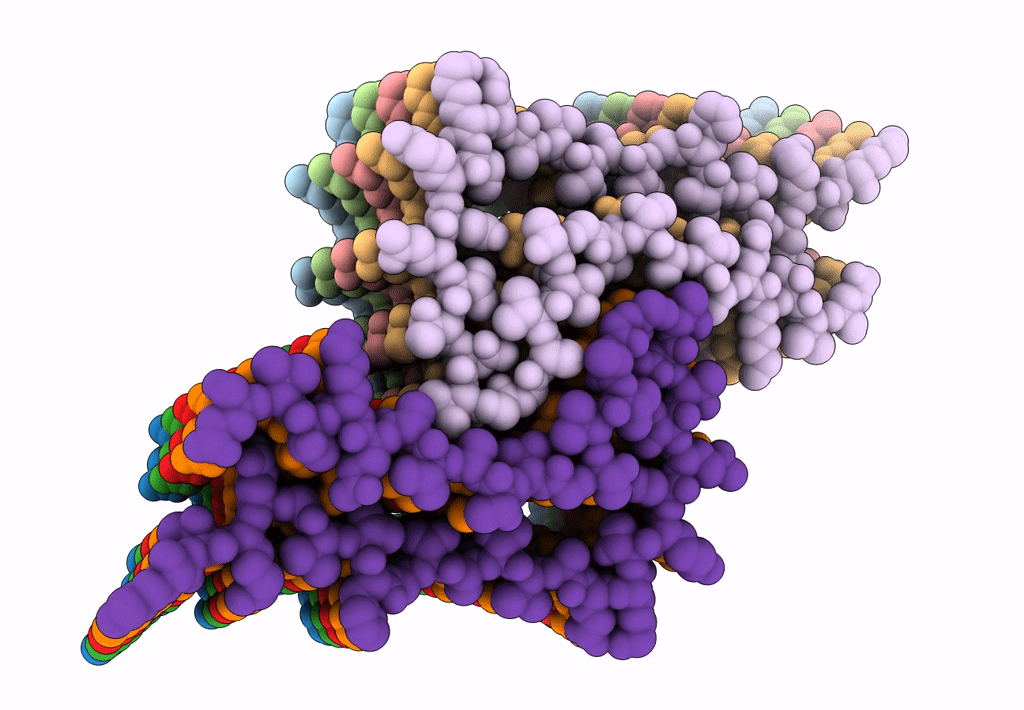
Deposition Date
2018-03-23
Release Date
2018-09-12
Last Version Date
2024-03-13
Entry Detail
PDB ID:
6CU8
Keywords:
Title:
Alpha Synuclein fibril formed by full length protein - Twister Polymorph
Biological Source:
Source Organism:
Homo sapiens (Taxon ID: 9606)
Host Organism:
Method Details:
Experimental Method:
Resolution:
3.60 Å
Aggregation State:
FILAMENT
Reconstruction Method:
HELICAL


